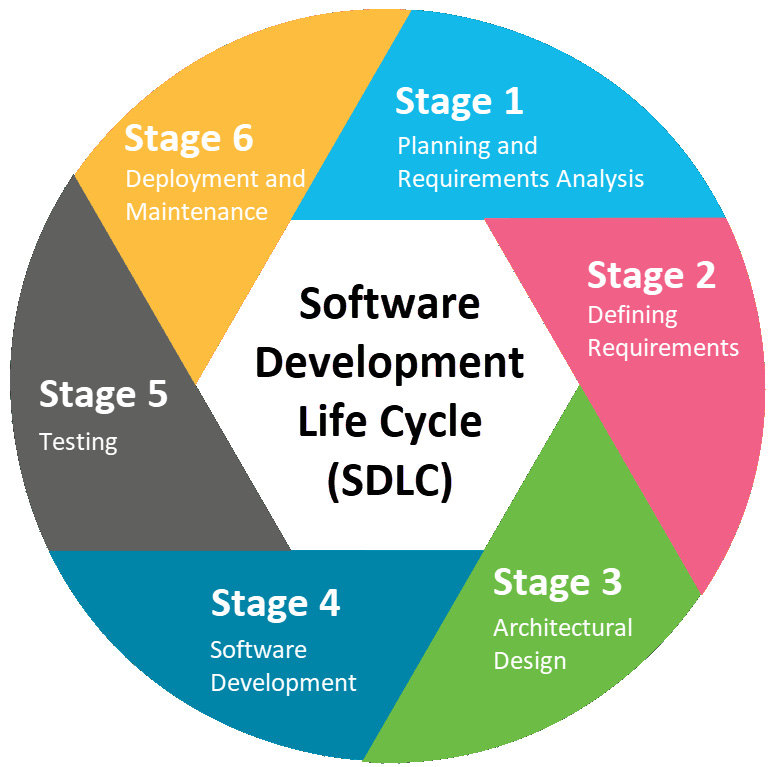Overview of this book
Understanding solution architecture is a must to build and integrate robust systems to meet your client’s needs. This makes it crucial for a professional .NET software engineer to learn the key skills of a .NET solution architect to create a unique digital journey and build solutions for a wide range of industries, from strategy and design to implementation. With this handbook, developers working with the .NET technology will be able to put their knowledge to work.
The book takes a hands-on approach to help you become an effective solution architect. You’ll start by learning the principles of the software development life cycle (SDLC), the roles and responsibilities of a .NET solution architect, and what makes a great .NET solution architect. As you make progress through the chapters, you’ll understand the principles of solution architecture and how to design a solution, and explore designing layers and microservices. You'll complete your learning journey by uncovering modern design patterns and techniques for designing and building digital solutions.
By the end of this book, you'll have learned how to architect your modern web solutions with ASP.NET Core and Microsoft Azure and be ready to automate your development life cycle with Azure DevOps.



 Free Chapter
Free Chapter

